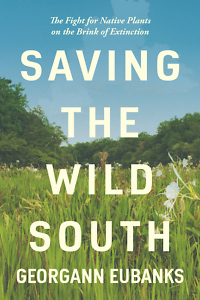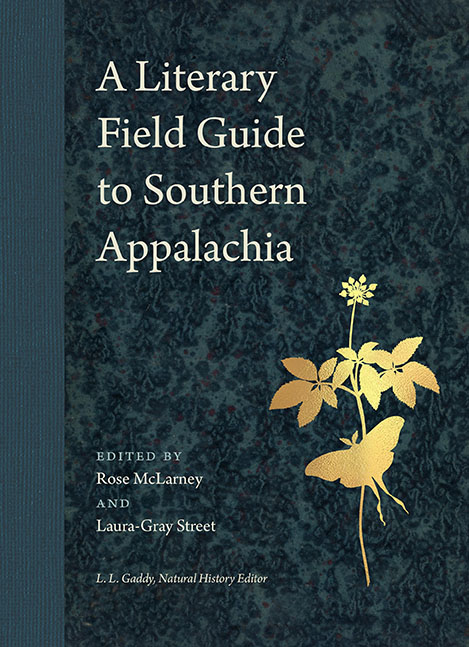Forgotten Flora
Georgann Eubanks celebrates endangered native plants in Saving the Wild South
“There is a human prejudice in favor of animals,” an Alabama botanist tells author Georgann Eubanks midway through Saving the Wild South: The Fight for Native Plants on the Brink of Extinction. “People are much more interested in the big, brown-eyed Florida panther than, say, Furbish’s lousewort.”
 It’s a sentiment echoed throughout the book: An animal declared a federally endangered species can halt construction of a dam or highway, but a plant similarly facing extinction barely registers in the public mindset. In a highly readable account that roams from wetlands to mountaintops, Eubanks attempts to change such views. Each of her 10 chapters dives deeply into the stories of endangered plants in the American South. As she travels to find wild plants in Alabama, Georgia, Florida, North and South Carolina, and Tennessee, Eubanks meets and profiles various botanists and volunteers who have fought to protect them.
It’s a sentiment echoed throughout the book: An animal declared a federally endangered species can halt construction of a dam or highway, but a plant similarly facing extinction barely registers in the public mindset. In a highly readable account that roams from wetlands to mountaintops, Eubanks attempts to change such views. Each of her 10 chapters dives deeply into the stories of endangered plants in the American South. As she travels to find wild plants in Alabama, Georgia, Florida, North and South Carolina, and Tennessee, Eubanks meets and profiles various botanists and volunteers who have fought to protect them.
In Tennessee, for example, she visits Jon Evans, a biology professor at the University of the South, who has found six varieties of Clematis Morefieldi, or Morefield’s leather flower, a member of the buttercup family with hanging lavender-and-green blossoms that she describes as “looking like little lanterns.” It is the only endangered plant species living within “The Domain,” as the vast parklike campus is known. Evans and two undergraduates have found varieties of the plant living only on south-facing rock ledges of the Cumberland Plateau. Near Huntsville, Alabama, Eubanks meets Jim Morefield, who first discovered the species and for whom it is named.
 Later in the book, she returns to visit the Plateau near Crossville, where she follows steep gravel roads to a grassland restoration project led by Dwayne Estes, a botanist at Austin Peay State University. Estes points out species existing only in remote prairies that once emerged naturally after seasonal wildfires. He explains that fire-control efforts of the past century, designed to protect timber lands and country estates, have all but eliminated these mountain grasslands, destroying the habitats of many species in the process. Estes laments that “many in the scientific community won’t look any farther back than 1870 to see what preceded these dense forests.”
Later in the book, she returns to visit the Plateau near Crossville, where she follows steep gravel roads to a grassland restoration project led by Dwayne Estes, a botanist at Austin Peay State University. Estes points out species existing only in remote prairies that once emerged naturally after seasonal wildfires. He explains that fire-control efforts of the past century, designed to protect timber lands and country estates, have all but eliminated these mountain grasslands, destroying the habitats of many species in the process. Estes laments that “many in the scientific community won’t look any farther back than 1870 to see what preceded these dense forests.”
The book is highlighted with color photographs taken by Donna Campbell, Eubanks herself, and intrepid Southern field researchers like Alan Cressler. The images show not only elusive plants and flowers, but the various people Eubanks encounters in her searches, giving the book the feel of an illustrated travel journal such as a 19th-century naturalist might have produced. This narrative pacing lets readers share the thrill of finding rare patches blooming with the elegant Cahaba lily or the fuzzy American chaffseed, all the while imparting essential information about 21st-century threats that may eliminate these unforgettable species.

Michael Ray Taylor is the author of Hidden Nature: Wild Southern Caves. He chairs the communication and theatre arts department at Henderson State University in Arkadelphia, Arkansas.


